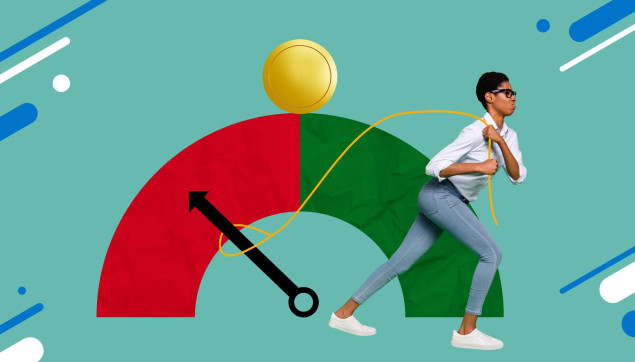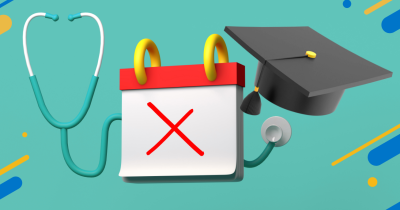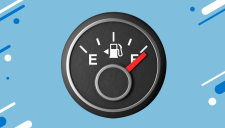How to avoid unmanageable debt and use credit smartly

Published on 27th March, 2024 at 06:22 am
Left unchecked, credit can wreak havoc on your finances, leaving you stressed and anxious. But there are ways of spotting the warning signs, taking action, and living with financial confidence.
Estimated reading time: 5 minutes
In this article, you’ll learn:
- What types of debt are okay to take on
- How to flag that your credit card debt is too high
- How to get out of crippling debt
Learn about good vs. bad debt
| Good debt | Bad debt |
|---|---|
| Home loan | Cell phone contract |
| Car loan (if necessary) | Clothing account |
| Student loan | Overdraft/payday loan |
| Business loan | Mismanaged credit cards |
Spot the warning signs
One of the first signs that your credit card debt is becoming too high can include running your cards and other facilities close to the limits that were given to you while only making the minimum required payment each month. More signs to look for are if you’re using your credit cards to pay other cards, store accounts, or loans. Phillips suggests avoiding this at all costs.
“If you must have a credit card, try to keep it to one only,” he says. “Banks are often quite generous with their credit limit, so don’t accept the limit you’re offered and rather take a lower limit you know you can afford to pay off in a crisis. As far as possible, do not use credit cards for purchases you could not afford to pay in cash and importantly, don’t use it to cover living costs you can’t afford to maintain.”
Get out of trouble
There are sometimes valid reasons for debt difficulties, explains Phillips. Regardless of the situation, there are several ways of overcoming crippling debt.
-
Checking insurance:
“If the cause is temporary or permanent disability or retrenchment, find out if your debt is covered by credit life insurance or protection plan,” advises Phillips. “The purpose of these is to cover instalments or settle debt entirely when these unfortunate events take place.”
-
Getting hands-on:
“If there is no insurance on the debt, see if you can fix it yourself,” says Phillips. “Start by looking at your budget. Only keep the expenses that are truly essential and look where you can trim your lifestyle back. If you’re taking fancy holidays, paying for TV and streaming services, eating out regularly, or buying the best brands, cut those out first. Use those savings to make extra payments on your debts.”
-
Reaching out:
“If you’re still struggling, try and contact your creditors first ahead of time,” suggests Phillips. “They may be more willing to help you with a temporary freeze of payments or a restructure of your outstanding debt.”
-
Seeking aid:
“Finally, if all else fails, contact a registered debt counsellor to determine whether you are eligible for debt review. Always opt for trusted institutions like DebtBusters,” advises Phillips. “Here, a solution can be negotiated between you and your creditors to ensure you can cover your essential living expenses, with the rest of your income going towards paying off your debts over a longer term and often with interest rate reductions.”
Want to learn more?
We send out regular emails packed with useful advice, ideas and tips on everything from saving and investing to budgeting and tax. If you're a Sanlam Reality member and not receiving these emails, update your contact details now.
Update Now







